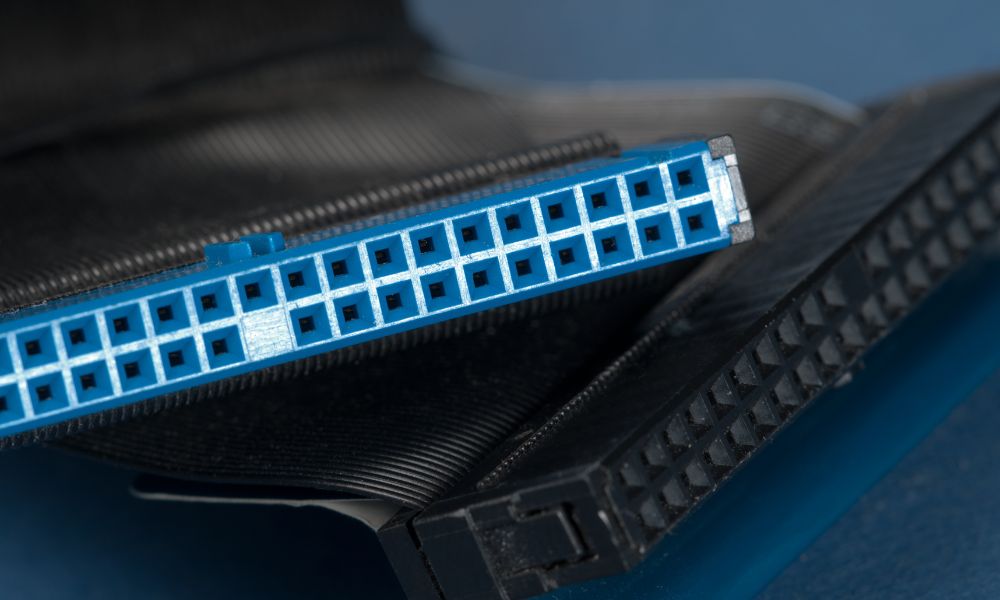
In computer technology, numerous electronics work together to allow the computing system to function. Many of these components connect in various ways, such as by using IDE and SCSI cables. Although these cables share similarities in their functions, they have differences that determine how they are used and what they connect with.
SCSI Cables
Small Computer System Interface (SCSI) cables offer a connection between two computer components, creating a link for communication. SCSI cables may come in electrical or optical cables, depending on the devices you need to connect, such as connecting a CPU to the RAM or speakers to the PC. While its name includes the word small, there are numerous devices that the SCSI cable will connect to in the computer system and the majority of any peripherals.
Common Uses
The majority of SCSI cables have the purpose of connecting devices and creating a line of communication. SCSI cables will support up to 16 different lines of communication between devices, making them ideal for networks in offices and at home.
However, there aren’t as many SCSI drives used in computers nowadays, given the rise in USB drives and ports. But they still have use in server farms when a hard drive controller is needed for connection between the CPU and a disk drive.
IDE Cables
The Integrated Drive Electronic (IDE) cable is a connecter in computing technology that communicates between parts within the computer. You’ll find IDE cables connected to the motherboard of computing devices, with one end connected to another component, such as the storage drive. IDE cables will support several channels, allowing for two devices to communicate, which is one of the main differences between SCSI and IDE.
Common Uses
If you open up a computer and peek at the motherboard, you will find an IDE cable connecting to various ports for storage drives. Most IDE cables have been used in old and new technology to connect the motherboard to an SSD or HDD. The IDE will support both storage drives, as it originally paired well with older disk drives and evolved to connect with SSDs that most people use today.
Primary Differences
The key differences between IDE and SCSI cables are their ability to connect to multiple channels, the devices they will connect, and their uses in current technology. The SCSI cable will connect far more devices than the IDE, but it lacks the current IDE usage. The IDE can connect with the storage drives we use in most computing systems, and most of these devices will come with IDE drives instead of SCSI drives.
SCSI and IDE cables are great for connecting computer technology. These cables differ in multiple ways, but both have qualities that will help your computer systems. If you want to find another cable, look into CableWholesale’s products to find the best technology for your computer.



